COLOMBIAPITAYA

Price range: 15,17 € through 53,10 €
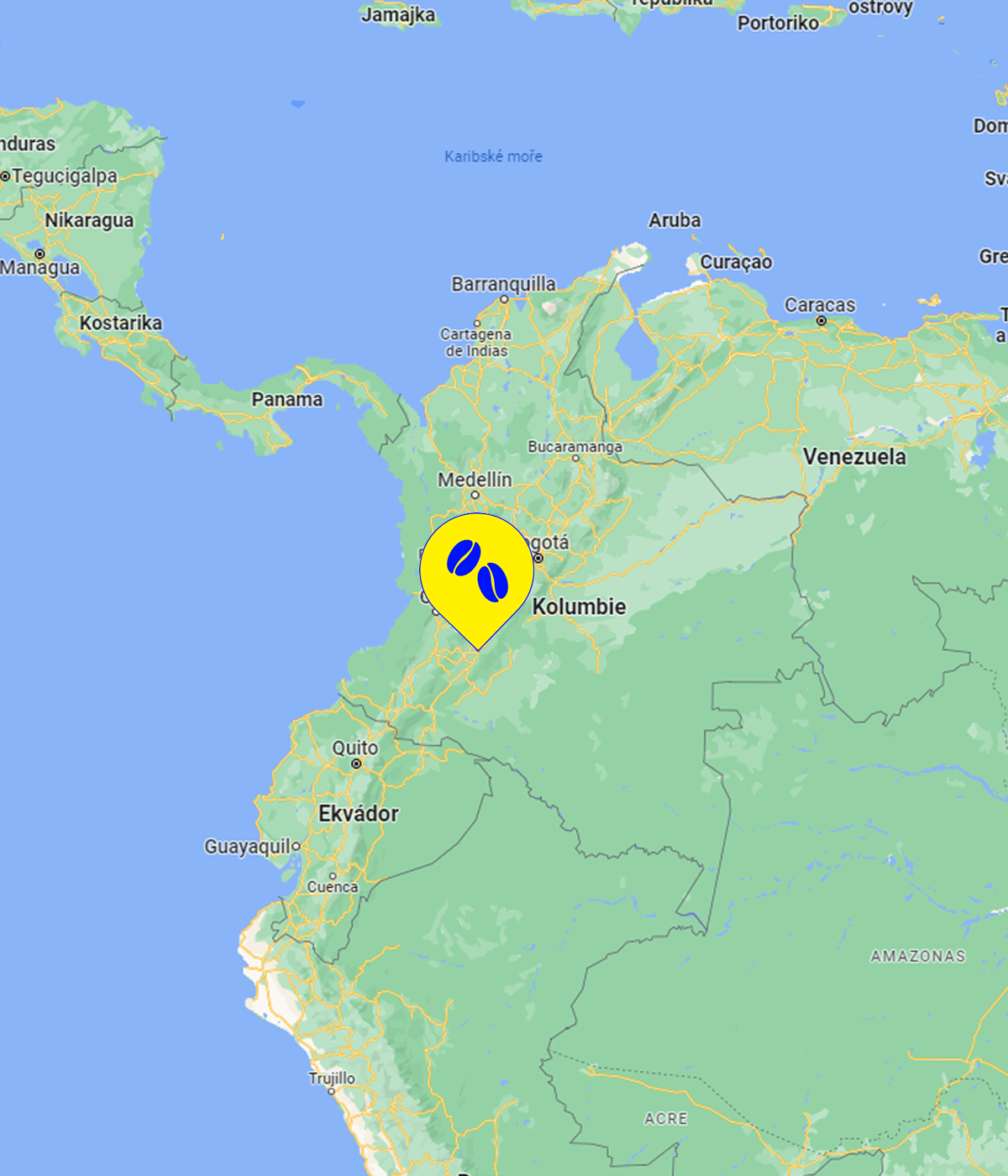
| Weight | 1kg, 250g |
|---|---|
| Farm | Region Huila |
| Processing | washed |
| Cultivar | pink bourbon |
| Flavor profile | Plums, lychee, caramel |
| Type of coffee | 100%arabica, specialty coffee, coffee beans |
| Manufacturer | IC ROASTERS s.r.o., Kainarova 2672/26, 61600, Brno, CZ |
Method:
V60
Coffee to water ratio:
15g/ 250 g
Temperature:
95 °C
Extraction time:
2:20
About coffee:
PITAYA – or dragon fruit – is a tropical fruit widely grown in Huila, Colombia. It grows at similar altitudes to coffee, thriving in the region’s volcanic soil, warm days, and cool nights. Our importer Minga named this Pink Bourbon blend Pitaya not only because the fruit often grows alongside coffee on the farms, but also because the cup reveals a vibrant, tropical profile reminiscent of dragon fruit. Since its appearance in 2014 in the village of San Adolfo, municipality of Acevedo Huila, this variety has managed to captivate a large number of producers in southern Huila due to its resistance to rust, high productivity and cup quality. Many producers in the municipalities of South Huila adopted this varietal as a substitute for the caturra that became too susceptible to rust, and as a better alternative to castillo or colombia in terms of flavour complexity. The large amount of pink bourbon that abounds in the area ensures a well defined, structured and replicable profile in volume. One reason Pink Bourbon tends to be more expensive is its lower yield from parchment to exportable green. The parchment is denser than in most Arabica varieties, and the variety also tends to produce a higher percentage of peaberries, many of which fall outside the standard screen sizes used in specialty coffee. This means that even if the total harvest volume is high, a smaller proportion qualifies as exportable specialty-grade, ultimately raising the cost per pound.
There are various ways to create blends at origin. Here’s how Minga do it—with a strong focus on uniformity and consistency over time. Thanks to our quality control team based year round in the region where we source coffee, we’re able to evaluate every single lot individually before blending. Each lot delivered or offered is analyzed both physically and sensorially to determine its place within our product range. Similarly, we assess the yield from parchment to green and look at the presence of defects, especially those that could complicate achieving a specialty-grade preparation. When a lot doesn’t meet these technical requirements, we don’t see it as a dead end instead, we share constructive feedback with the producer and work together to improve quality where needed. Once the physical analysis is complete, we sample roast and cup each lot. Every coffee is then matched to a pre-established flavor profile in our offering. Coffees selected for the Pitaya blend share a profile of panela, lychee, dragon fruit with a bright acidity. This process allows us to deliver consistent flavor profiles year after year and offer roasters the confidence needed for forward contracting.
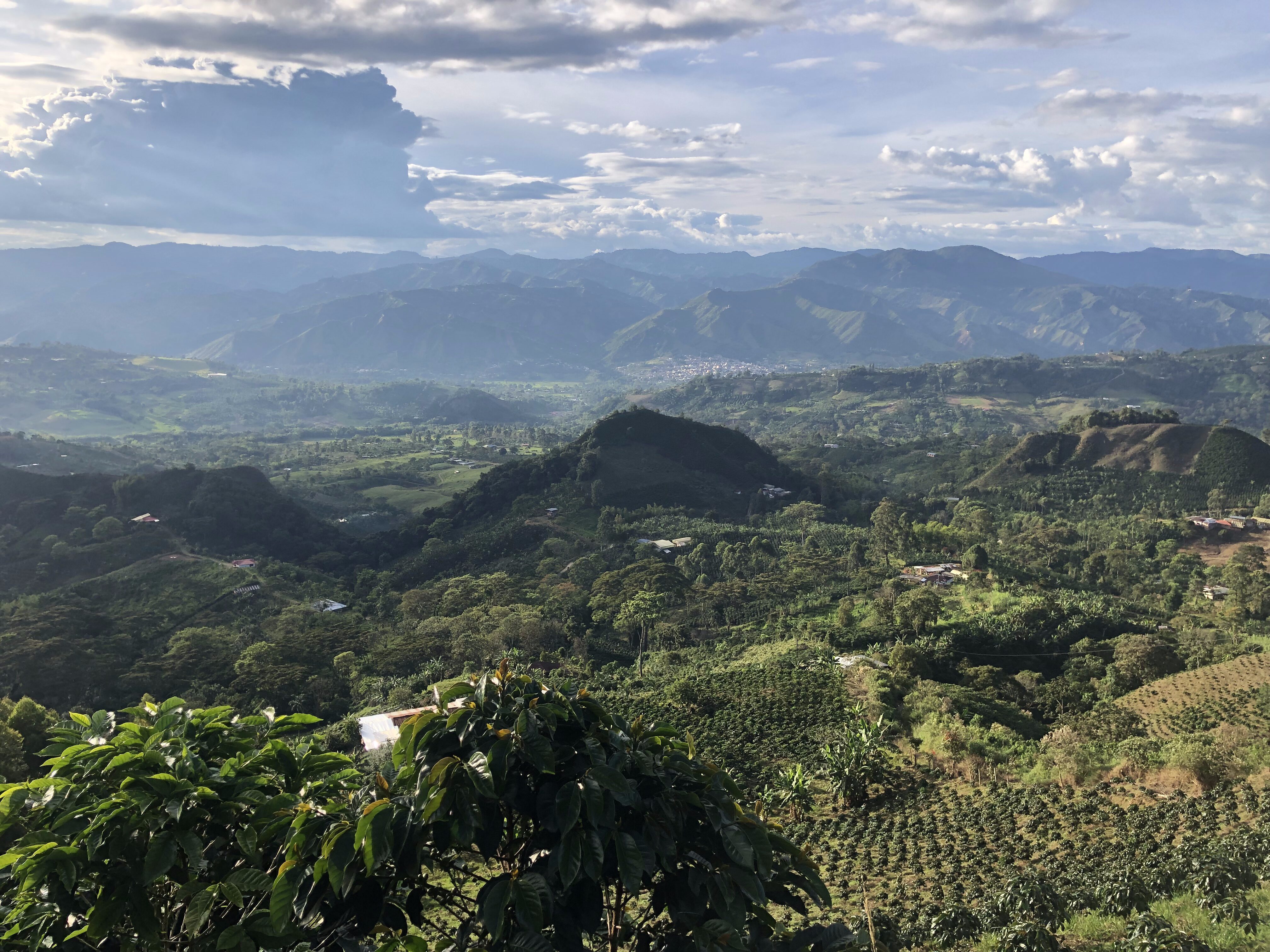
We wanted to make it as easy as possible for you to choose your coffee, so we worked with the guys from Steezy Graphic Studio to come up with a “grid” – a simple grid where you can easily find the characteristics of each coffee.
The red dot next to the description of each coffee is placed exactly there, so that you can easily imagine how the coffee will taste.
Citrus – chocolate
Here we’d like to give you an idea of how fruity the coffee will be. There’s a long way from citrus to chocolate, so imagine more in between:
citrus, berries, green apples, red apples, stone fruits, dried fruits, nuts, milk chocolate and dark chocolate 😉
Mild – wild
What is mild coffee? We’d say it’s unpretentious. A coffee that you can just have every morning and not have to think too much about it. It’s just good.
The higher the dot, the more excitement you can expect in the taste of coffee. The more surprising and fun it can be. These coffees are fruity, fun, interesting and make you think about what it is that you actually enjoy about them so much.
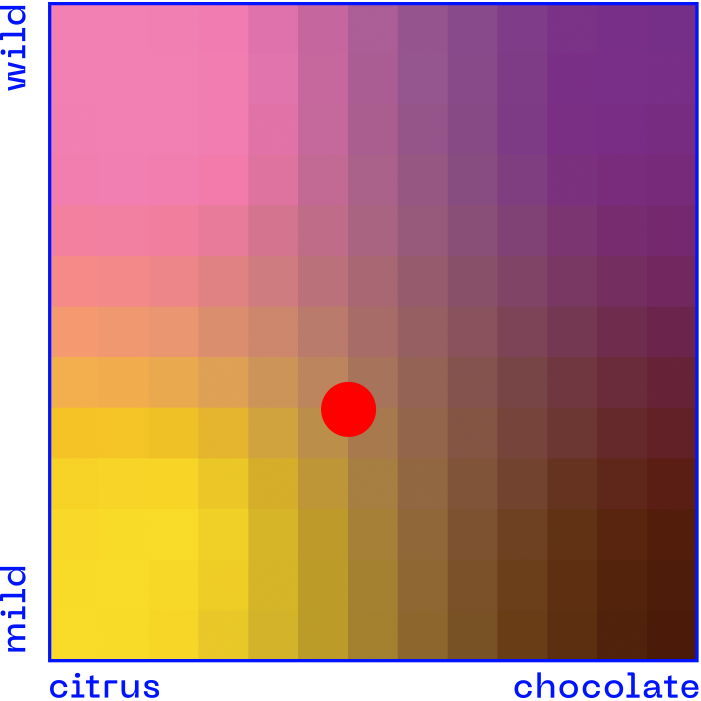



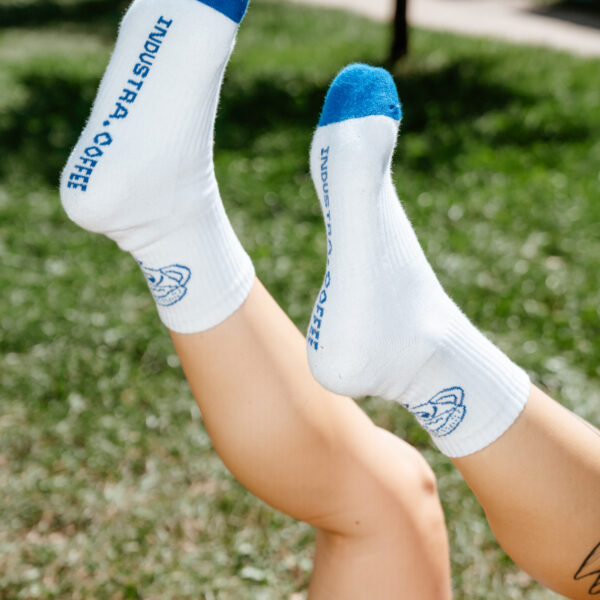
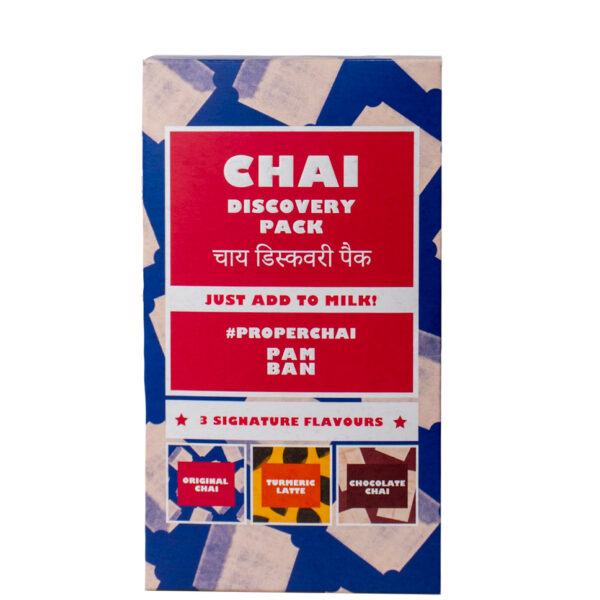
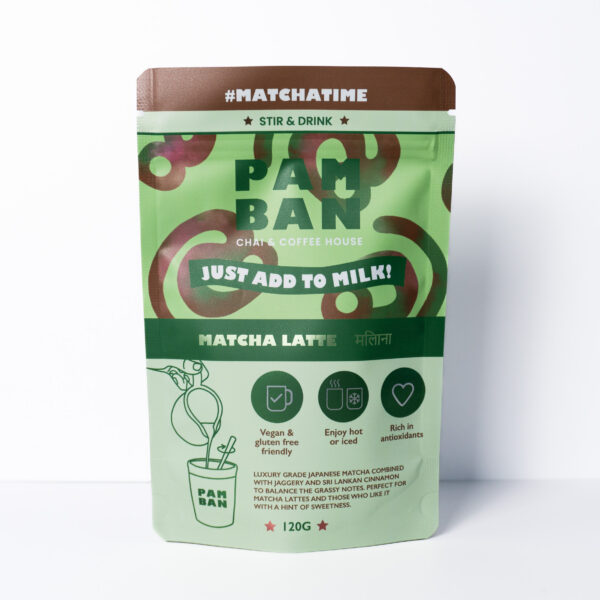
 try our coffee at home or in our café
try our coffee at home or in our café